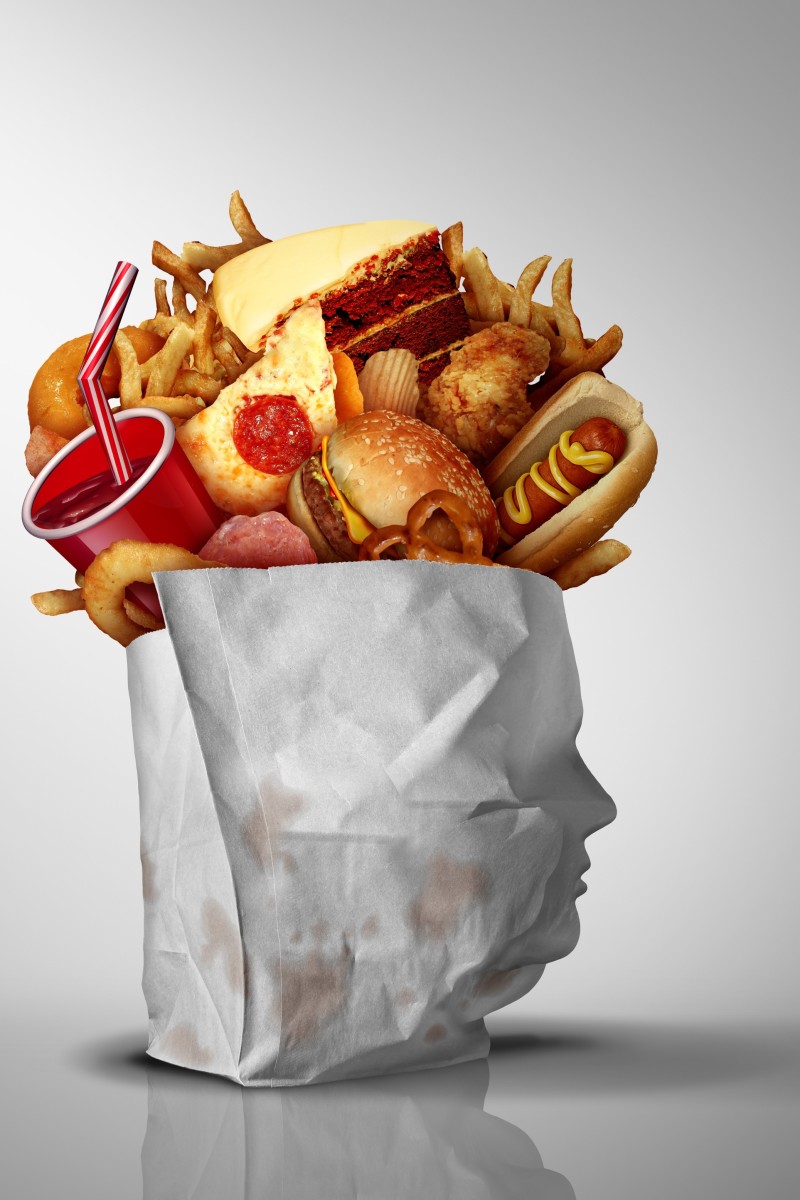
Understanding processed foods: From minimal to ultra-processed and their impact on health
Learn how to read labels and make healthier choices for your diet.
 Understand the impact of ultra-processed foods on global health and nutrition. Photo: Shutterstock
Understand the impact of ultra-processed foods on global health and nutrition. Photo: Shutterstock Processed, and especially ultra-processed, foods have been blamed for the rise in global obesity, high blood pressure and diabetes. But what exactly are these foods, and are they really all that bad for you?
Defining processed foods
According to the US Department of Agriculture, processed foods are raw agricultural commodities altered from their original state. This includes washing, cleaning, milling, cutting, chopping, heating, pasteurising, blanching, cooking, canning, freezing, drying, dehydrating, mixing or packaging.
While processing includes basic steps like washing, foods cross into ultra-processed territory when they contain preservatives, flavourings and other food additives or substances approved for use in food products, such as salt, sugars and fats used to enhance flavour and increase shelf life.
Ranking foods from minimally to ultra-processed
Here’s how the Academy of Nutrition and Dietetics ranks processed foods from minimally to mostly or ultra-processed:
-
Minimally processed foods, such as fresh blueberries, cut vegetables and roasted nuts, prepped for convenience.
-
Foods processed at their peak to lock in nutritional quality and freshness, including canned tomatoes, tuna, frozen fruit or vegetables.
-
Foods with ingredients added for flavour and texture, such as sweeteners, spices, oils, colours and preservatives, include jarred pasta sauce, salad dressing, yogurt and cake mixes.
-
Ready-to-eat foods like crackers, chips and deli meat, which are more heavily processed.
-
The most heavily or ultra-processed foods include sweetened breakfast cereals, soda, energy drinks, artificially flavoured crackers and potato chips, chicken nuggets and hot dogs.
Hong Kong nutritionist’s crab-ulous recipe for healthier typhoon shelter crab
Minimally processed foods have a place in healthy diets. For example, low-fat milk, wholegrain or wheat bread, precut vegetables and fresh-cut greens are considered processed foods. Dairy- and plant-based milk and juices may be fortified with vitamin D and calcium, while breakfast cereals may have added fibre. Canned fruits packed in water or natural fruit juice can be part of a healthy diet when fresh fruit isn’t readily available.
Reading the labels
When choosing foods, do some investigative work by examining ingredient lists and analysing the nutrition facts labels. Watch for hidden sugars, fats and salt, especially those added during processing.
Most labels now include added sugars. These include maltose, brown sugar, corn syrup, honey and fruit juice concentrate. The Dietary Guidelines for Americans and Hong Kong’s Centre for Food Safety recommend limiting to 50 grams of sugar in a 2,000-calorie diet (see graphic).
People often comment that they salt their food when it comes to sodium. You don’t need to add extra salt to your processed food because manufacturers have already added it for you, and it’s often too much. Look for low- or reduced-sodium foods. Also, try rinsing canned vegetables with water to remove some of the salt.
When checking label fat content, scan for saturated and trans fats. Choose foods lower in saturated fats. Trans fats are considered one of the worst types of fat because they can raise your low-density lipoprotein (LDL or “bad”) cholesterol and lower your high-density lipoprotein (HDL or “good”) cholesterol.
What else can I do to eat more healthily?
Take baby steps by making one dietary change at a time. Consider healthy swaps, such as wholegrain cereal with no added sugar instead of highly processed, sugary cereals.
Choose wholegrain, high-fibre bread over white bread products. When seeking a healthy snack, eat fresh fruit or vegetables instead of crackers, potato chips or processed cookies.
Avoid foods that contain additives and preservatives, such as high fructose corn syrup, hydrogenated oils, food dyes, monosodium glutamate, sodium nitrates and sodium nitrites. Also avoid sulphites such as sulphur dioxide, sodium bisulfite or sodium sulphite.
Cut back on ultra-processed foods, purchase more unprocessed or minimally processed foods, and look for foods that contain natural ingredients.